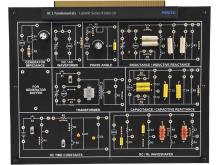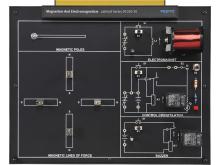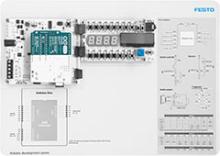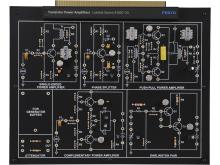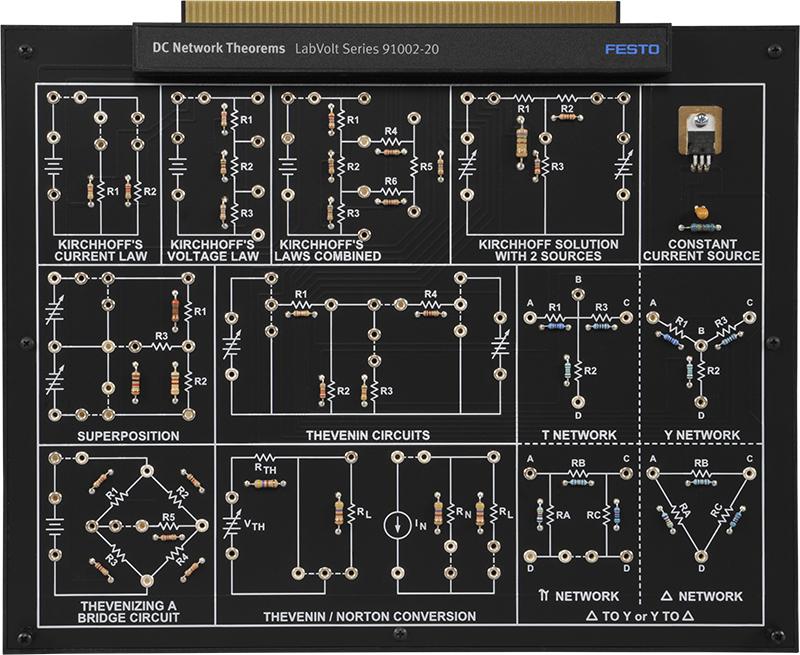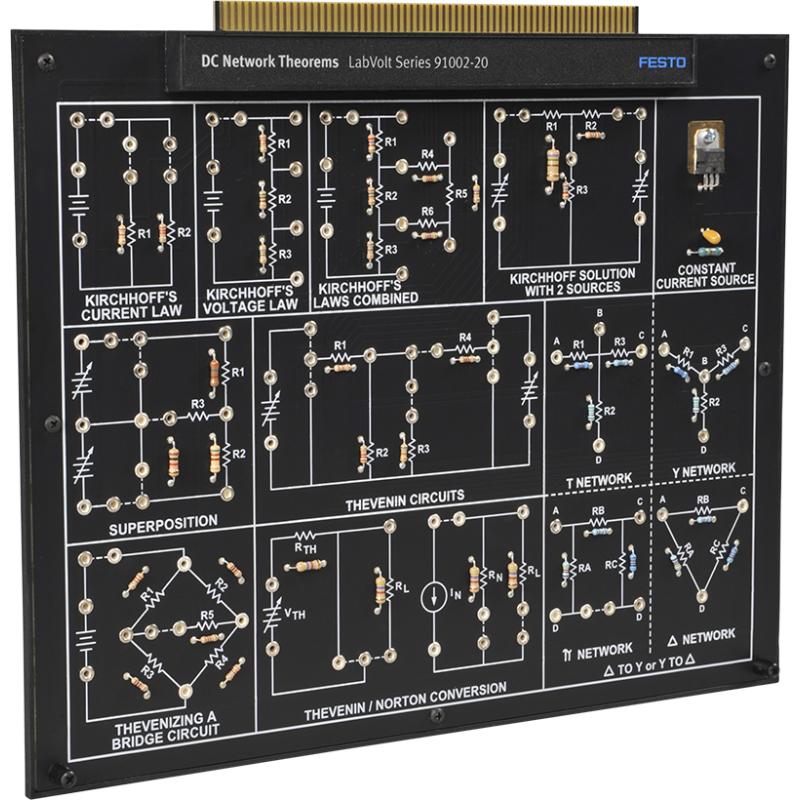DC Network Theorems FACET Board
91002-2Gallery
Description
Comprised of nine training circuit blocks and a constant-source current block, the DC Network Theorems Module enables students to perform practical exercises that demonstrate theoretical dc principles.
When a circuit has two voltage sources in different branches, theorems are used to solve for voltage and/or current in these circuits where Ohm’s Law cannot be applied.
The circuits found on this board include:
- Kirchhoff's Current Law
- Kirchhoff's Voltage Law
- Kirchhoff's Laws Combined
- Kirchhoff Solution with 2 Sources
- Constant Current Source
- Superposition
- Thevenin Circuits
- Thevenizing a Bridge
- Thevenin/Norton Conversion
- T Network
- Y Network
- Pi Network
- Delta Network
Topic Coverage
- Component Location and Identification
- Circuit Board Operation
- Currents and Node Currents in a Two-Element Branch Circuit
- Voltages in a Three-Element Series Circuit
- Algebraic Sum of Voltages in a Series Circuit
- Generating Loop Equations and Node Equations
- Kirchhoff’s Voltage and Current Laws with a Two-Source Circuit
- Mesh Solutions, Superposition Solution and Millman's Theorem Solution of a Two-Source Circuit
- Thevenizing a Single-Source Network and a Dual-Source Network
- Thevenin Resistance (RTH) and Voltage (VTH) of a Bridge Circuit
- Thevenin-to-Norton Conversion
- Norton-to-Thevenin Conversion
- Tee and Wye or Pi and Delta Networks
- Transformation of Delta and Wye Networks
- Troubleshooting Basics and DC Networks
Downloads
Product Fixes
DC Network Theorems 5.00.03 to 5.00.04
DC Network Theorems-Spanish (TEOREMAS DE REDES DE CD) 5.00.03 to 5.00.04

